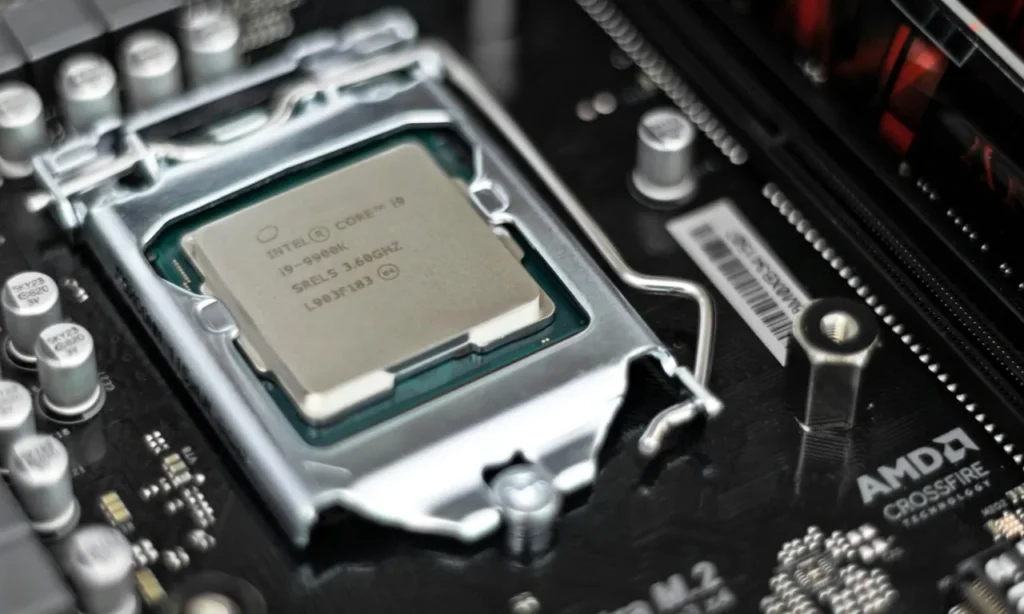Intel’s next-gen CPUs may be going to handle some serious heat. Recently, a leak on X (formerly Twitter) hinted that Intel is planning to push the thermal envelope with its upcoming processors. This rumor comes courtesy of Jaykihn, a name that appears often when it’s about Intel’s inner workings. So, what’s the hot news? Intel’s Arrow Lake and Panther Lake CPUs might sizzle up to 105 degrees Celsius. That’s a jump from the current 100 degrees Celsius max. Yes, just five degrees more, but in the CPU world, that’s a pretty big leap.
Let’s break down what this all means. TJ Max, or thermal junction maximum, is the peak temperature a processor can hit before it starts dialing back performance to cool down. It’s like the CPU’s way of saying, “I’m getting too hot, let’s take it easy.” By nudging up this limit, Intel’s new chips can stretch their legs a bit more before hitting the brakes. This could be great news for anyone pushing their system with intensive tasks, as these chips would maintain high-performance levels for longer under heat.
But, and there’s always a but, this could also mean that these processors will generally run hotter. This isn’t just a desktop worry—think about mobile devices where heat can seem more personal, literally. It raises the question: will everyday users want to deal with a laptop that feels like a toaster? Also, it prompts a rethink on cooling solutions. With a higher thermal limit, could we get away with less powerful cooling technology? Maybe, but then again, I don’t ever want my system reaching that 105 degrees Celsius that would give a feel it’s going to burn out.
Looking ahead, Intel plans to roll out these changes in their Arrow Lake and Panther Lake series, hitting the shelves this year and the next. Specifically, Panther Lake will take over from the Lunar Lake range in mobile Core Ultra chipsets, while Arrow Lake targets the desktop arena.
Jaykihn didn’t stop at temperatures. They also dropped some specs about the Panther Lake lineup. There is a potential mix of up to four performance cores, eight efficiency cores, and for those who care about graphics, up to 12 Xe3 GPU cores in certain models. That’s quite the powerhouse setup, especially for the gaming crowd.
With Intel still smoothing over the bumps from the Raptor Lake issue, this could be the turn-around they need. Or not. We’ll just have to wait and see if these leaks pan out. As always, in the fast-paced world of tech, today’s rumors are tomorrow’s headlines—or yesterday’s news.
Source: Digital Trends

